Insects are one of the most significant difficulties we face when the seasons change. Mosquitoes create or spread everything from common itch and rash to illnesses like dengue and malaria. It’s tough to keep them out of your house; whenever you open a door or a window, these unwelcome guests pour in.
Of course, chemical-based insect repellents, lotions, and even electric devices are available. However, the majority of these are hazardous to your health. How about some natural and organic insect repellents?
Also Read – 10 Most-Loved Plants for Windows
1). Basil Plant
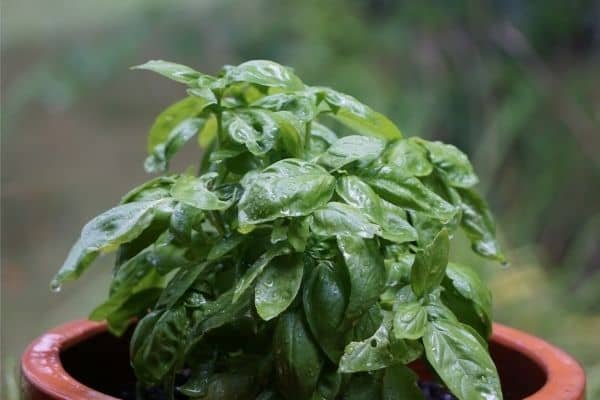
Basil plants, whose leaves are used in cooking, may also be used as a mosquito repellent. When extracted and utilized as a natural mosquito repellent, the leaves contain certain essential oils that might be quite efficient. The greatest varieties are lemon basil and cinnamon basil. Planting a basil plant will not only add flavor to your meal but will help keep mosquitoes out of your home.
2). Lavender Plant

Moths, fleas, flies, and mosquitoes are all repelled by this product. Lavender has been used to bring a pleasant sweet scent to homes and clothing drawers for generations. Although many people enjoy the scent of lavender, it is repulsive to mosquitoes, flies, and other unpleasant insects. Place tied flowers throughout your home to help keep flies away. Plant it in sunny sections of the garden or near your home’s entryways to help keep pests out. You may also use the blossoming oil as a mosquito repellent by rubbing it on exposed skin before stepping into the yard or patio.
3). Marigold Plant
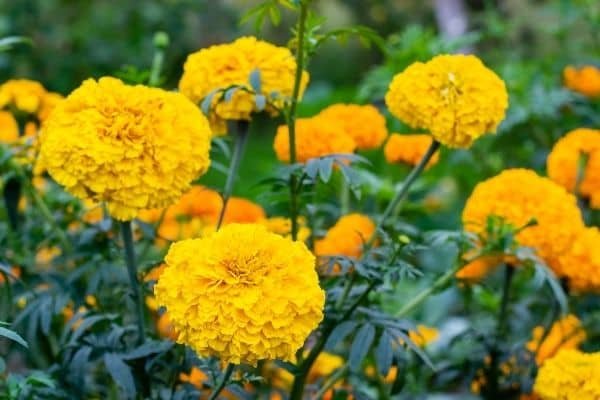
The marigold plant is a mosquito repellent as well as a lovely addition to your garden. Pyrethrum is contained in most insecticides and is present in this plant. The scent repels mosquitoes. These potted plants may be placed near mosquito entry locations, such as doors, windows, and balconies.
Buy African Marigold Plant Online
4). Mint Plant

Mosquitoes are repelled. Because mint spreads quickly, it is better cultivated in pots rather than in the ground. It’s tough to get rid of once it’s established in the garden. Mint cuttings under mulch can help broccoli, cabbage, and turnips grow better. Minty iced tea is typically made using the leaves. The leaves’ fragrant characteristics can also be found in the stems and blossoms. The plant’s fragrant oils may be extracted and mixed with apple cider vinegar and inexpensive vodka (or witch hazel) to produce a mosquito repellent with a little effort. Mint containers properly placed in the yard or on the patio can help keep insects away from surrounding plants.
5). Catnip Plant

Catnip is a medical herb ten times stronger than diethyltoluamide or DEET, a common element in insect repellents. It is one of the best natural repellents for keeping your garden or house secure. However, if you have a cat, keep this plant away from it because it might momentarily get them intoxicated.
6). Pitcher Plant

Insects can be caught and eaten. The biggest group of carnivorous plants is pitcher plants. These exotic-looking plants use nectar, scent, and colour to entice insects into their “pitcher,” a specialised leaf. The bug lands on a slick surface with downward-facing hairs once inside the pitcher. After that, the bug either falls or slips into a pool of water. It drowns or dies of fatigue after falling into the water, which is difficult due to the downward-facing hairs. The plant subsequently digests the bug. Ants, flies, wasps, bees, beetles, slugs, and snails are the most common predators of North American pitcher plants. Ants, flies, wasps, bees, beetles, slugs, and snails are all attracted to pitcher plants in the United States. Pitcher plants, which naturally thrive in bogs, require a sunny, wet environment, which is a challenging combination for home gardeners to achieve. It’s simpler to grow them in pots that sit in a saucer of water. However, don’t overwater the growth medium. It only needs to be damp.
7). Rosemary Plant
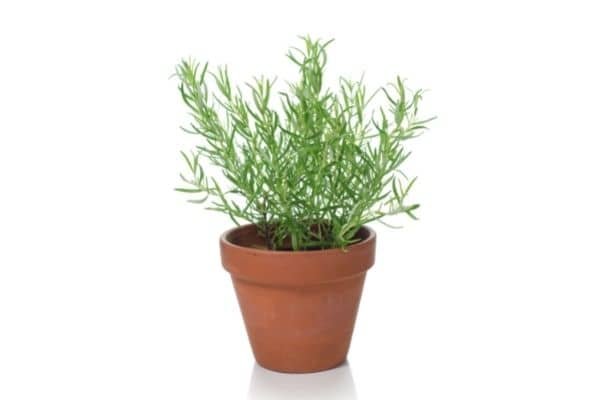
Generally used to add flavor to fish or lamb dishes, Rosemary also has the qualities of a mosquito repellent. Grow them in your indoor kitchen garden or your flower bed to keep away mosquitoes and attract butterflies. Its woody aroma also repels unwanted bugs, a reason why farmers prefer to plant them along with their fields. Another benefit of Rosemary is that it can make a natural and aromatic mosquito repellent cream when mixed in appropriate proportions with different lotions.
8). Peppermint Plant
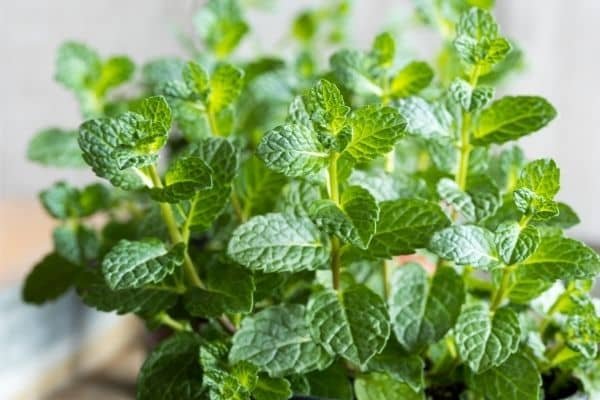
This plant is a cross between spearmint and water-mint. It has a pungent odor that most insects find repulsive. Peppermint is a low-maintenance plant that may be put underneath bigger plants. If a mosquito or an insect has bitten you, apply peppermint leaves straight on your skin for immediate relief.
Also Read – 12 Best Air Purifying Plants For Bedroom
9). Chrysanthemums Plant
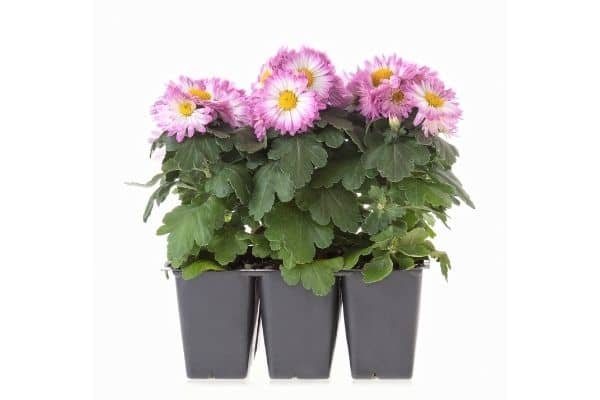
Roaches, ants, Japanese beetles, ticks, silverfish, lice, fleas, bedbugs, spider mites, harlequin bugs, and root-knot nematodes are all repelled by this product. Pyrethrum, a component in chrysanthemums that may kill flying and leaping insects, is what makes them such a great insect repellent companion plant. Pyrethroids, derived from chrysanthemums, are employed in the most widely marketed home and garden pesticide in North America and interior sprays, pet shampoos, and aerosol bombs. On the other hand, Pyrethroids have been shown to affect aquatic environments, birds, and non-target insects. You may get the same insect-repelling benefit by planting chrysanthemums in your yard and depending on their natural pyrethrum without causing harm to the ecology.
10). Nasturtium Plant

Whiteflies, squash bugs, aphids, numerous beetles, and cabbage loopers are all repellents. Nasturtiums may be thought of as the poster plant for companion planting, which entails cultivating a variety of plants near together for the mutual benefit of each. Nasturtiums emit a chemical into the air that repels predatory insects, protecting the nasturtium and the other plants in the cluster. Nasturtiums are an excellent choice for growing around the perimeter of vegetable gardens since many insects they repel prefer foods such as tomatoes, cucumbers, kale, kohlrabi, collards, broccoli, cabbage, and radishes. Fortunately, nasturtiums do not deter the bumblebee, which is an important pollinator.

